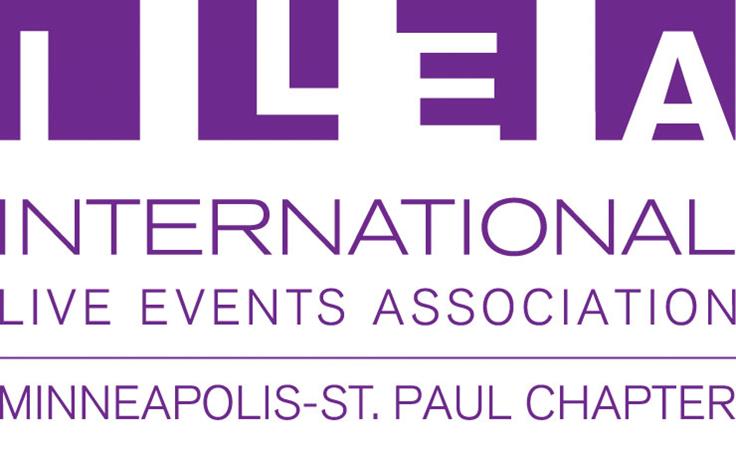From Brainstorming to Bios: How Trade Show Planners Are Putting AI to Work
Artificial intelligence is no longer a futuristic concept for event professionals—it’s a practical tool reshaping how trade shows and conferences are planned, marketed, and executed. Whether used for creative ideation, agenda development or operational automation, AI is helping planners save time, enhance engagement and deliver more personalized experiences. Here, four industry leaders share how they’re integrating AI into their workflows.
Ideation on Demand: LavaCon Turns to AI for Opening Session Inspiration
Jack Molisani, executive director of the LavaCon Conference, turns to AI for brainstorming. When planning the 23rd annual LavaCon, he turned to ChatGPT for help generating fresh ideas for the opening session, which traditionally involves interactive activities for more than 500 attendees.
“We like to do something at the opening session that gets attendees up and moving,” Molisani explained. “Our motto is, ‘Our attendees aren’t spectators, they are participants!’” Past activities have included spaghetti tower-building contests, Taiko drumming sessions with audience participation, and Bollywood dance-alongs.
“I was starting to run out of ideas, so I asked ChatGPT what else we could do,” he said. “We’ll be using one of the ideas at our next conference.”
Saving Hours on Scheduling: APHSA Streamlines Agenda Planning
Donna Jarvis-Miller, CMP, CEM, director of conferences and events at the American Public Human Services Association (APHSA), uses AI to draft her agenda-at-a-glance for five annual conferences. She began incorporating AI into her planning process last year and has seen measurable time savings.
“This year I was able to save myself about six or seven hours on this task for the APHSA National Human Services Summit, which is three and a half days long,” Jarvis-Miller said. “Once I get the basics down, I can make sure I have all the breaks right and important details and then adjust as needed.”
Jarvis-Miller also uses AI to generate scripts for awards ceremonies. “I have put all the nomination data into AI and said, ‘I need a two- to three-minute script to acknowledge and announce each of these award winners.’”
Marketing Made Easier: Maryland Toy Expo Uses AI for Copy and Code
Kristian Kuhn, co-founder of the Maryland Toy Expo, relies on AI to support both creative and technical tasks. “Writing is not one of my specialties, so I definitely leverage AI to help make our marketing copy sound more creative, more engaging,” Kuhn shared.
The team also uses AI to generate ad imagery, write bios for guest speakers, and assist with website coding. “It saves us a ton of time,” Kuhn added.
Enterprise Automation: MCI USA Builds AI into Core Operations
Erin M. Fuller, FASAE, CAE, chief strategy officer at MCI USA, highlighted her organization’s investment in Jade, an AI-driven platform designed to manage registration, housing, and lead cultivation for trade shows and conferences.
“The ability for AI to provide real-time tracking, automated confirmations—working around the clock—and greater personalization is such a win,” Fuller said.
She emphasized the broader impact of AI on event management. “The ability to match large data sets and language makes it a game changer. Exhibitor matching based on interests and sentiment scoring, and automating repetitive tasks like confirmations, follow-ups and data entry, allows our staff to be more strategic and attendee-experience focused.”
Quick Tips for Adding AI to Your Workflow
1. Start small.
Try a free AI tool like ChatGPT, Copilot or Claude and experiment with a few prompts.
2. Power your research.
Rather than Google, ask AI to suggest venues, destinations or local highlights that fit your event.
3. Brainstorm for new ideas.
Stuck on a theme or title? AI can help you brainstorm fresh angles and creative options.
4. Brush up your writing.
Paste draft copy into AI and ask it to be your editor. Adjust tone, length, or format as needed.
5. Standardize speaker bios.
Use AI to make bios consistent in style and length. Then give them a final review before publishing.
6. Learn as you go.
It takes time to get the hang of it. Play with different prompts and refine your approach.
7. Verify everything.
AI can sound convincing even when it’s wrong. Always double-check facts before sharing.
8. Be the strategist.
AI is a support tool. Strategy, judgment and creativity still come from you.
Source: tsnn.com







